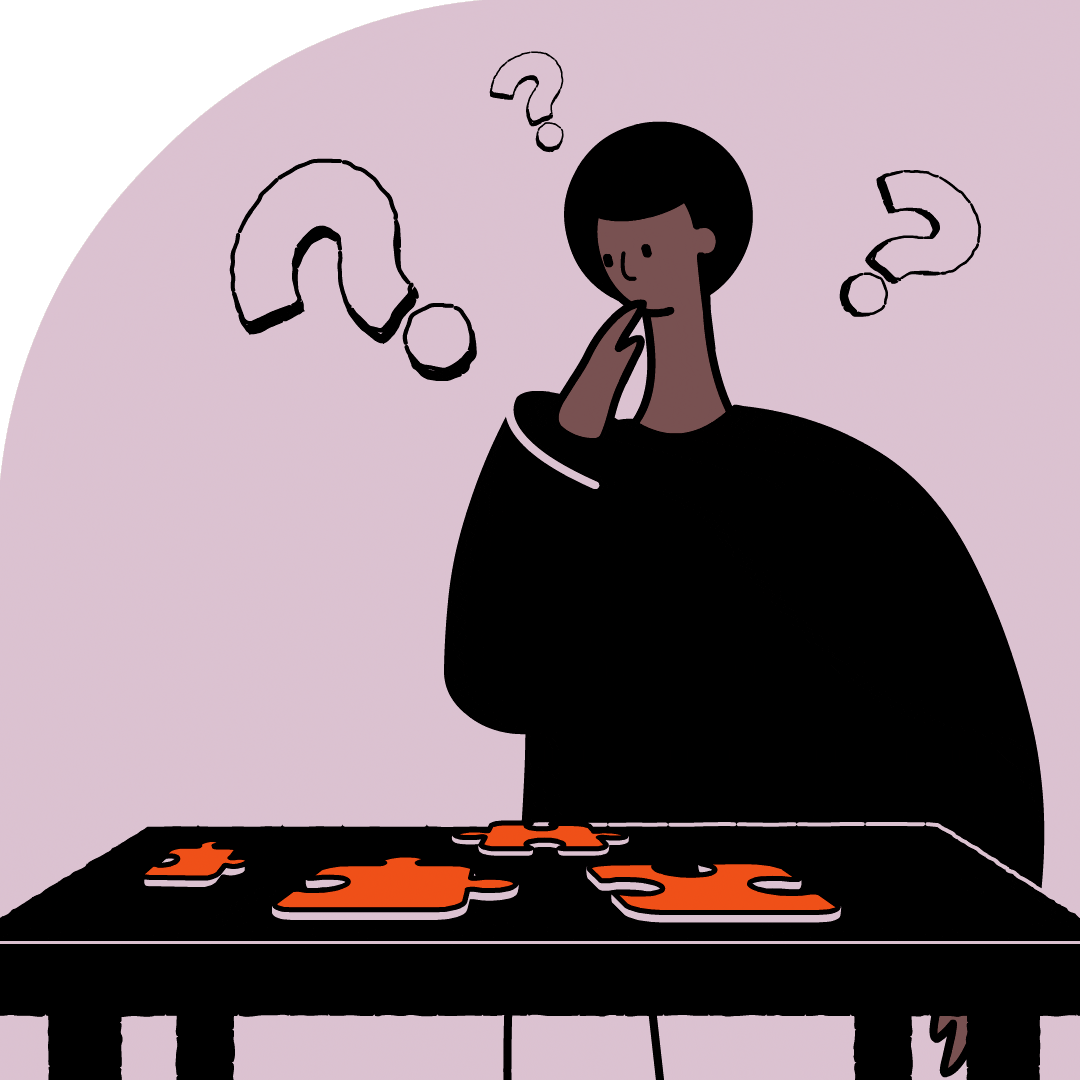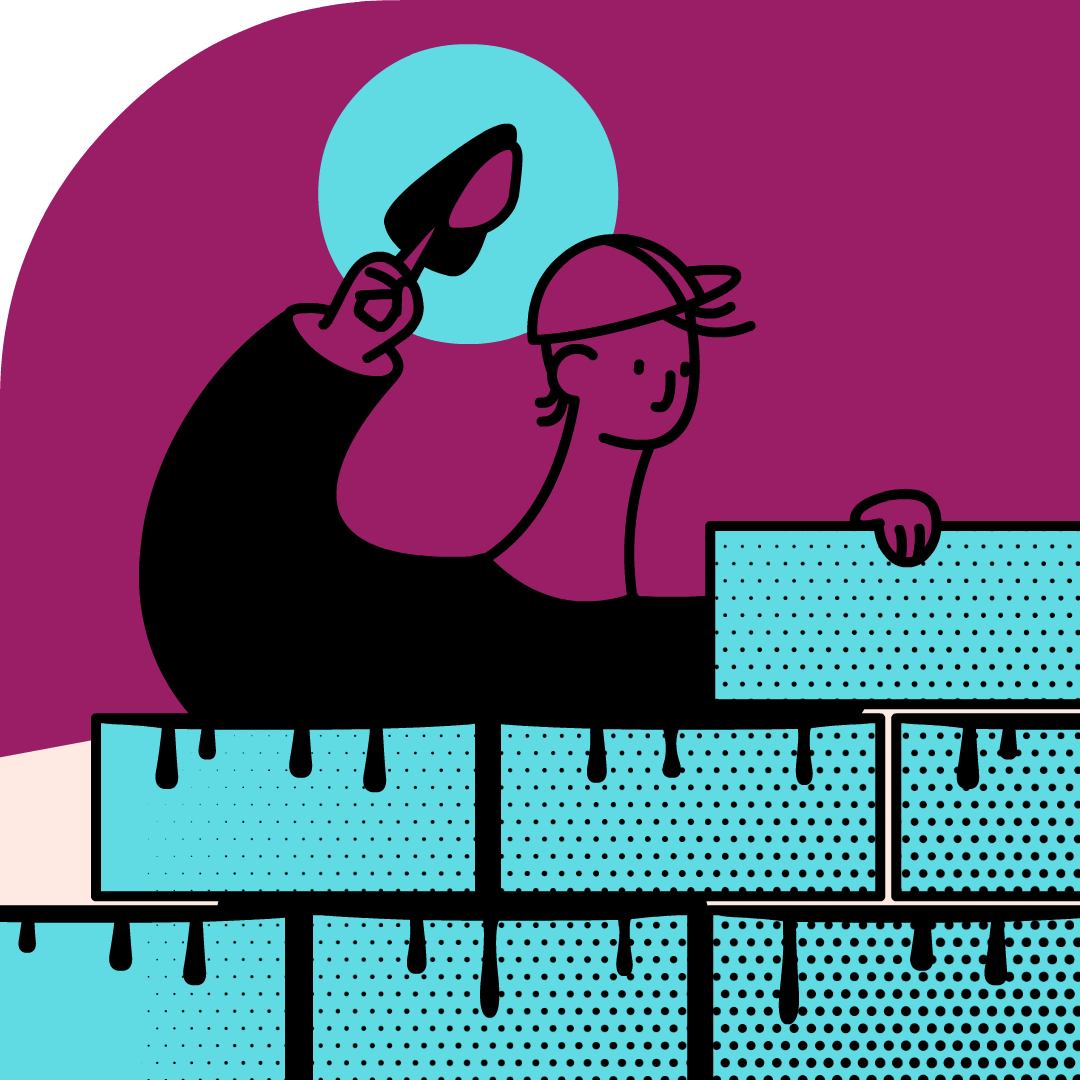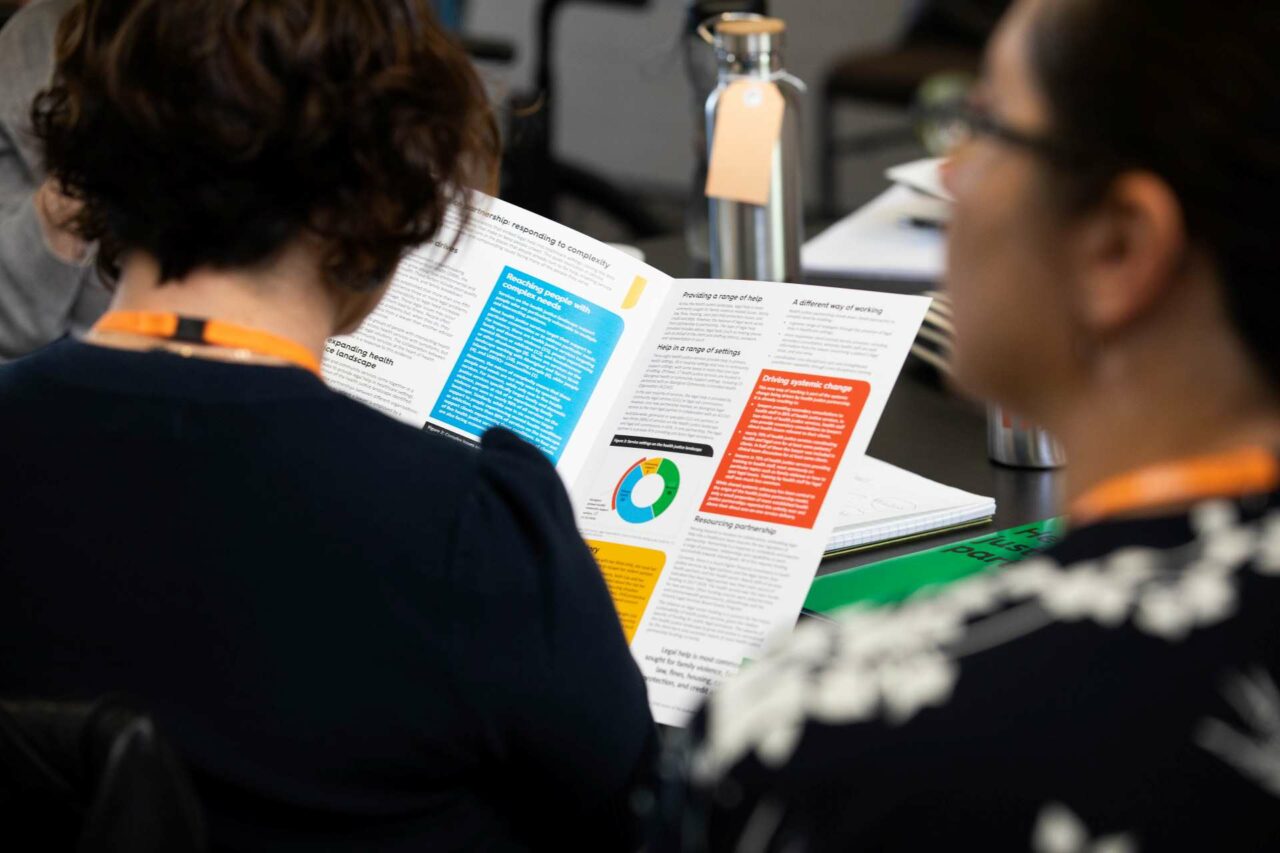Is health justice partnership for me?
Health justice partnership (HJP) is about legal services working together with health and community services to address the legal problems in people’s lives that are affecting their health and wellbeing.
There are many ways to work together. The fact is that in some contexts, full partnership may not be the right approach – but you can still foster closer relationships and collaboration at the level that’s sustainable and appropriate for you and your community.
If you want to figure out whether partnership is right for you, sign up below and download our free e-book to guide you through choosing the best way to work together.

E-book Guide: Choosing the best way to work together
Exploring whether partnership is right for you? We’ve developed a free e-book to help guide you through the stages from networking to establishing a health justice partnership. Drop your details below to sign up to our quarterly newsletter and we’ll deliver your free e-book straight to your email inbox.
Organisations with active Health Justice Partnerships include:

Getting started
There’s no blueprint for health justice partnership – your partnership will be unique to your community and the people you’re there to help.
But purposeful planning will help, so check out our Building blocks for health justice partnership development resource for a step-by-step planning guide that’s descriptive rather than prescriptive.
Take the time to consider each of the building blocks contained in this resource and draw on the recommendations provided as a guide to developing and implementing an HJP that responds to your local conditions and needs.
Finding partners
People often ask us how to find another service to partner with in HJP.
A great place to start is sitting down with your whole team and doing a relationship mapping exercise – figure out where you already have connections, where you need to do more research, who has contacts. Keep in mind the need you’re aiming to address in your community and focus on the relationships that can add value to the project.
Once you have some idea of who you want on board, start as you mean to go on – get them involved in the conversation as early as possible to build and maintain buy-in. The value of fit-for-purpose collaborative governance can’t be underestimated, especially when the approach is equity-centred and actively draws on the diverse perspectives, resources, and contributions of all partners.


Getting funding
Health justice partnership work needs to be sustainably resourced to support relationship-building and local community engagement. This may involve seeking extra funding for the partnership.
Be prepared to show funders the value of partnership in the context of their priorities and jurisdictions. Come armed with the latest evidence, and bring in the voices of lived experience when you can. Funding is often siloed, so you might need to get creative.
How we can help
As the national centre of excellence for health justice partnership, Health Justice Australia is your one-stop shop for setting up and building effective partnerships.
We can provide a range of help, from conducting a legal needs assessment to determine what kinds of help would benefit your community, to partnership brokerage, establishing shared goals with your partner organisation, and setting up a measurement and evaluation framework.


Explore our resources
Looking for information or practical tools to help you establish a health justice partnership?
Alongside tailored support and training programs, we have a library of tools and resources to help get you on your way to establishing a successful health justice partnership.
From a deep dive into measurement and evalutation, to an MoU template, and advocacy tools to help build buy-in for your partnership, our resources answer the questions we hear most often from practitioners and service managers.
Join our networks
We provide opportunities for collaboration across services and systems for practitioners, leaders and funders through our HJP networks.
Working together allows what would otherwise be disparate system actors to develop new insights and perspectives and to test them with others across the system. That’s why we convene a range of networks to bring people together to connect and support new ways of working.

Health Justice Australia’s understanding of the health justice partnership model in Australia and internationally has been invaluable as we set up a new integrated approach. They were also key contributors in our efforts to build effective working relationships with other services and community organisations in Central Australia.









